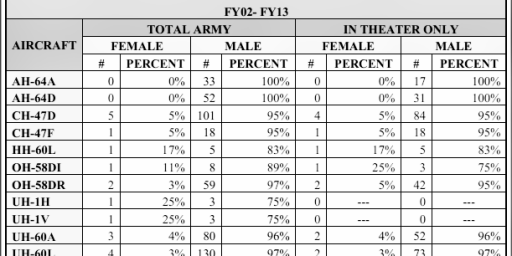Automatic Ground Collision Avoidance System
Defense Tech passes on word of the successful testing and impending implementation of the Automatic Ground Collision Avoidance System.
[T]he Automatic Ground Collision Avoidance System is a software-based technology that has demonstrated a 98 percent effectiveness rate at eliminating aircraft crashes into the ground. The system is ready for operational integration on F-16 Fighting Flacons, F-22 Raptors and F-35 Joint Strike Fighters.
[…]
“Manual or warning-only systems don’t prevent many of our ( controlled flight into terrain ) mishaps,” said Col. “Tex” Wilkins, senior Air Force readiness analyst with the Office of the Undersecretary of Defense for Personnel and Readiness. “That’s because situations like pilot spatial disorientation, target fixation, loss of situation awareness, or G-induced loss of consciousness may render a pilot unable to process the warning and/or perform the necessary maneuvers to prevent a collision with the ground. Current programs rely on a pilot’s ability to manually respond to its warnings. Auto-GCAS, however, is specifically designed to prevent a collision in situations where a pilot cannot.”
Defense Department experts estimate that without Auto-GCAS more than 130 fighter aircraft will inadvertantly fly into the ground over the next 25 years. Wilkins said the Auto G-CAS program could virtually eliminate “controlled flight into terrain” as a mishap category.
I’m not sure what “98 percent effectiveness rate at eliminating aircraft crashes into the ground” means, exactly. One would hope that trained pilots manage to take off and land more than 49 times, on average, without crashing! If, as I suspect, this means that the software alone manages to do that while simulating an incapacitated pilot, it’s quite impressive indeed.
Presumably, our enemies will soon manage to steal this technology and reap its advantages without the investment in R&D. But I’m willing to take my chances with our pilots and planes against theirs.






I would be interested to compare the statistics of the program (e.g. how close to the ground before it takes control) to some of the stories from actual combat. I seem to remember one from WW2 where the pilot pulled out, clipped the trees and came home with palm fronds embedded in his wing.
Of course aerial combat is very different now, but if nothing else, it is likely to provide something of an aerial sanctuary on the deck. An interesting counter weapon would be a radar beam that could fool the plane as to how close it was to the ground and thus put it into a pre-determined SW driven flight mode.
And I believe their 98% number would indicate they would expect 2.6 inadvertent “landings” instead of 130 over the next 25 years.
Sounds kind of like something i’ve heard of before. My father had a buddy that flew in Vietnam (I don’t recall what the plane was other than it was a fighter). He said he could set a predetermined height off the deck and it would hold it real tight. He said if he was flying along on a flat plain that had a “bump” in it, the plane would hold that height over the “bump”, thus beating the crap out of the pilot.